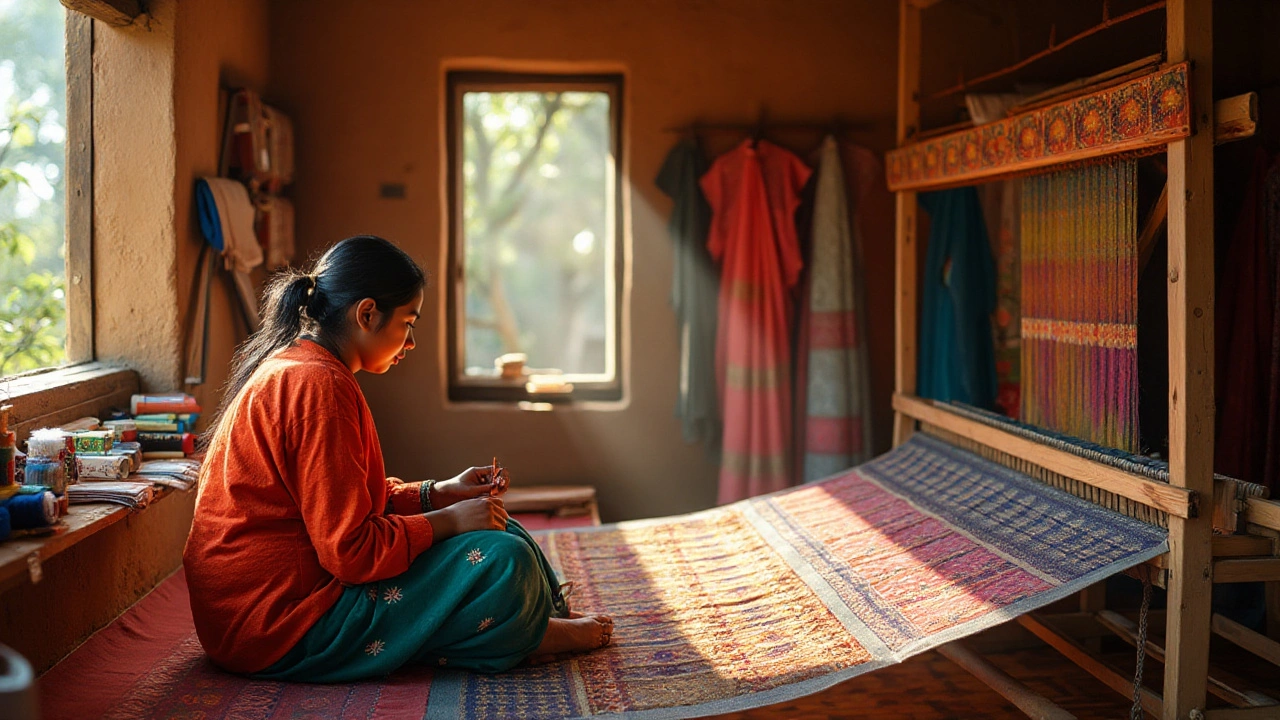Indian Fabric – What’s Hot, Who’s Leading, and How You Can Cash In
India’s fabric scene is buzzing right now. From vibrant cottons used in everyday wear to high‑tech synthetics powering sports gear, the market is exploding with options. If you’re wondering why Indian fabric matters, it’s simple: low‑cost production, a huge talent pool, and growing demand both at home and abroad. In the next few paragraphs you’ll get a clear picture of where the industry stands and how you can tap into it.
Top Indian Fabric Makers to Watch
When it comes to sheer scale, a few names dominate the synthetic side. The biggest synthetic textile manufacturer in India churns out polyester, nylon and blended yarns for everything from fashion to automotive interiors. Their factories are spread across Gujarat and Maharashtra, and they invest heavily in eco‑friendly processes to meet global standards.
On the cotton front, traditional mills in Tamil Nadu and Maharashtra still lead in quality. These mills blend age‑old weaving techniques with modern looms, giving you that classic Indian hand‑feel while keeping production fast. If you’re sourcing fabric, these two segments—synthetic and cotton—cover most of the market’s needs.
Turning Fabric Knowledge into Profit
Got ideas for a textile startup? You’re not alone. The most profitable textile businesses today focus on niche markets: technical fabrics for medical use, eco‑friendly organic cotton for premium apparel, and custom printed designs for e‑commerce brands. The key is to pick a segment where competition is still low and margin potential is high.
Start by scouting local manufacturers for small‑batch orders. Many mills offer flexible minimum order quantities if you’re willing to work closely with them on design and color. This approach lets you test market response without tying up huge capital.
Exporting is another gold‑mine. Indian fabric enjoys a reputation for durability and cost‑effectiveness, making it attractive to buyers in Europe, the US and the Middle East. To break into these markets, ensure your fabrics meet international quality certifications—ISO, Oeko‑Tex, or GOTS for organic cotton. Having the right paperwork can shave weeks off customs delays.
Don’t forget sustainability. Buyers are increasingly asking for fabrics made with less water, renewable energy, and recyclable dyes. Investing in a small sustainability upgrade—like a water‑recycling system or low‑impact dye—can boost your brand’s appeal and let you charge a premium.
Finally, market your products where your customers hang out. Instagram reels showing the weave process, TikTok tutorials on styling Indian fabrics, and LinkedIn posts about your sustainable certifications all build credibility. Pair these with clear pricing and quick turnaround times, and you’ll see orders flow in.
In short, Indian fabric offers a ready‑made playground for anyone willing to learn the basics, partner with the right mills, and stay ahead of trends. Whether you aim to sell to local boutiques or ship to overseas retailers, the tools and talent are right here. Dive in, experiment, and watch your fabric venture grow.
Popular Fabrics in Indian Textile Industry: A Deep Dive
India's rich textile heritage boasts a diverse range of fabrics, each with its own unique significance. From the cool comfort of cotton to the luxurious luster of silk, these materials highlight both traditional craftsmanship and innovative design. This article explores the most commonly used fabrics in India's textile industry, providing insights into their uses, characteristics, and cultural importance. Discover why these materials continue to play a vital role in India's vibrant textile market.
Read More
